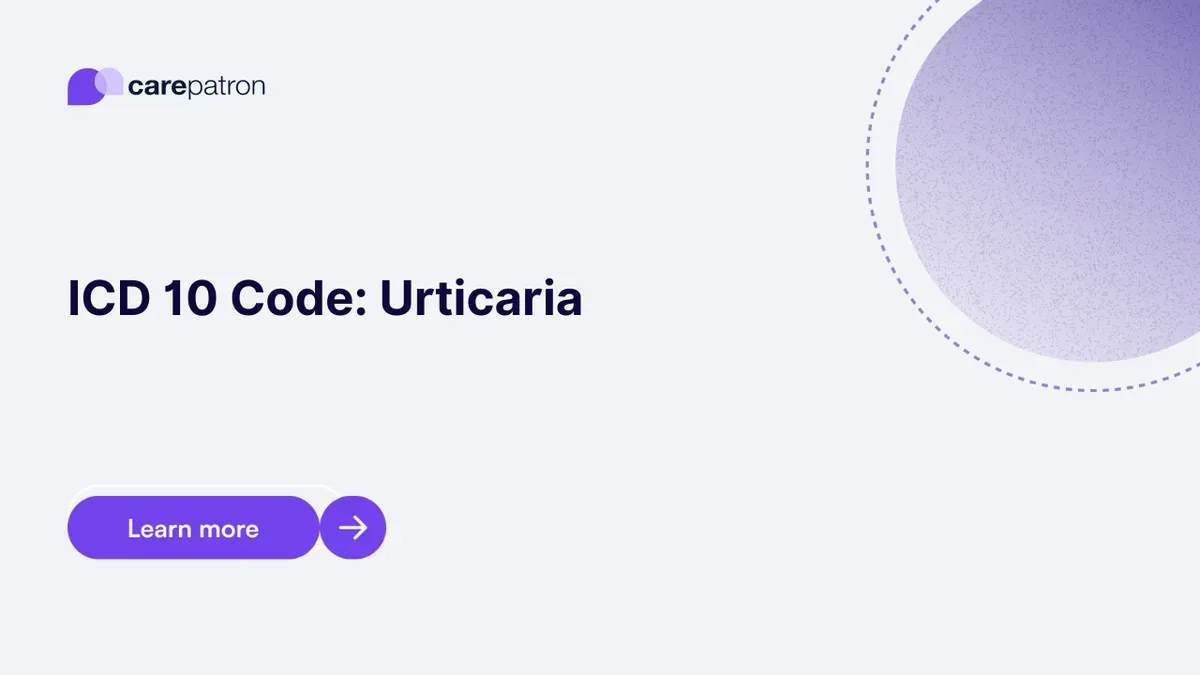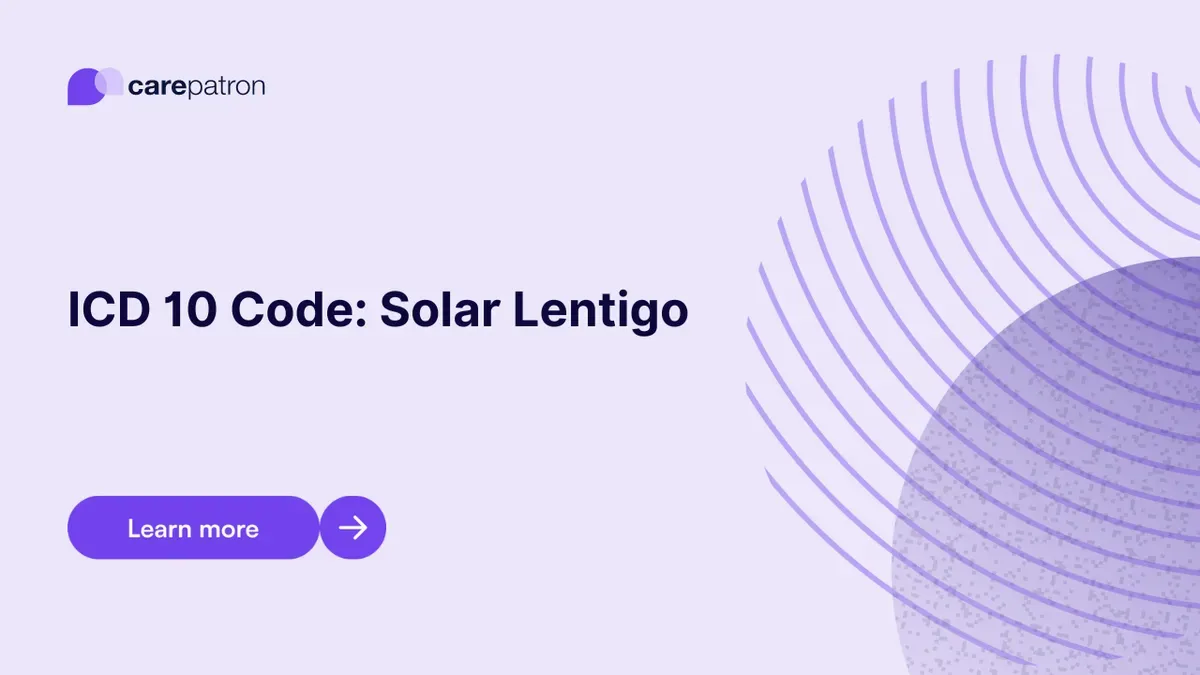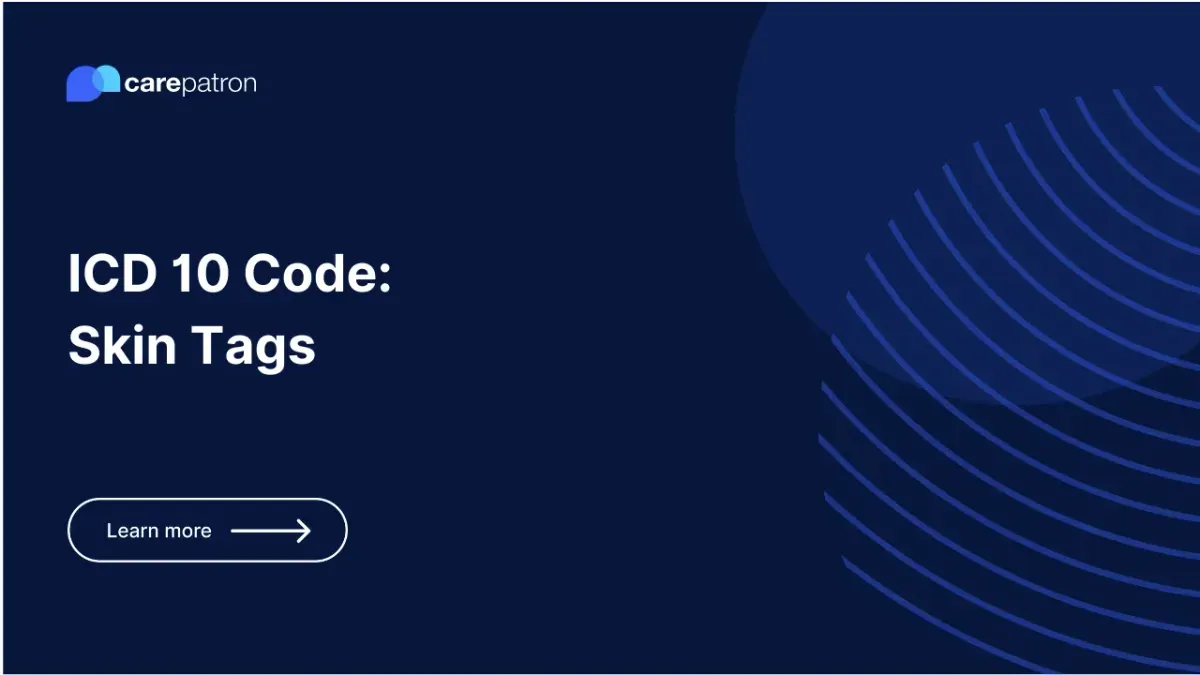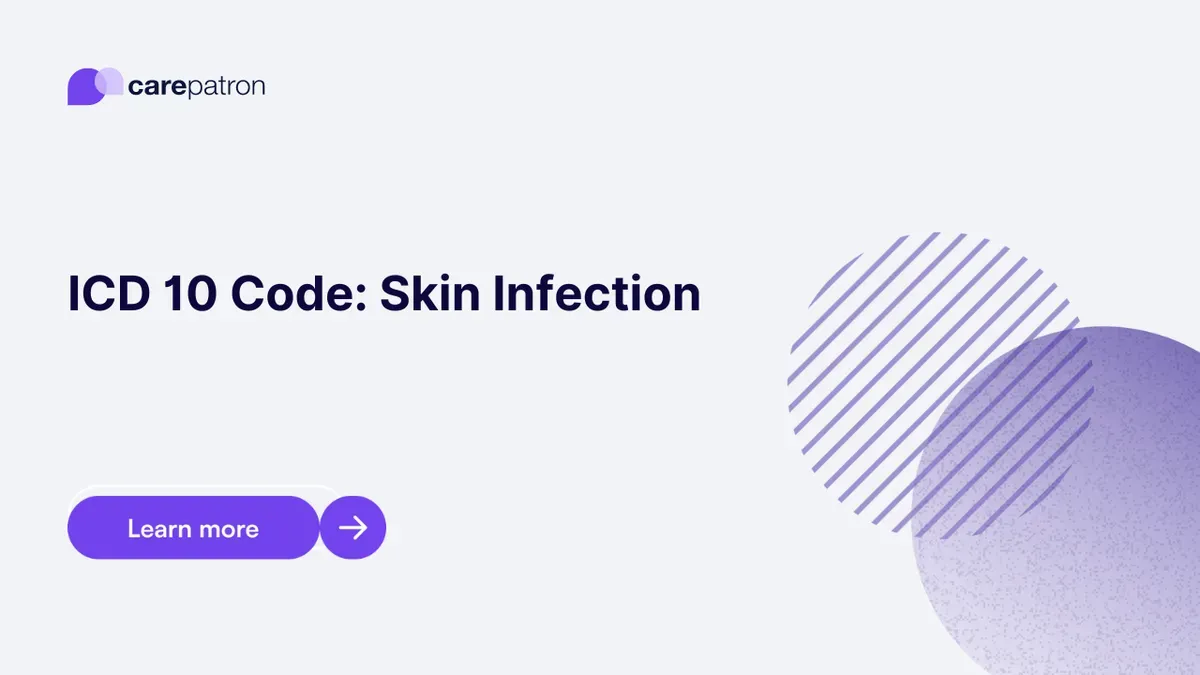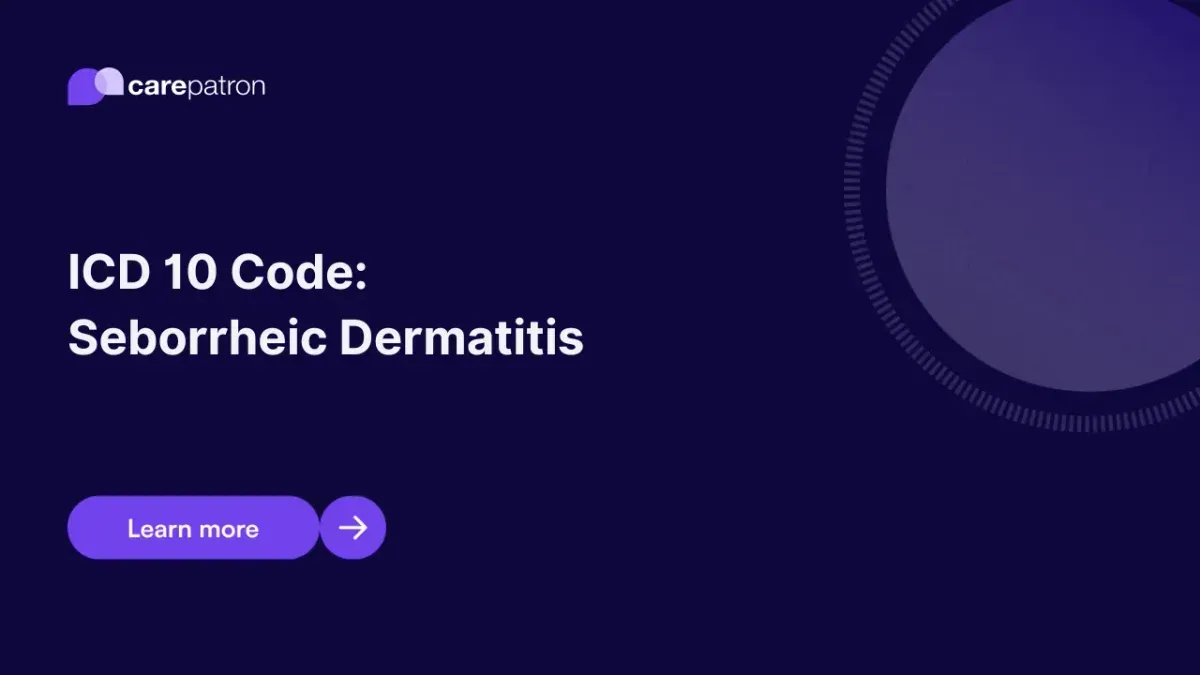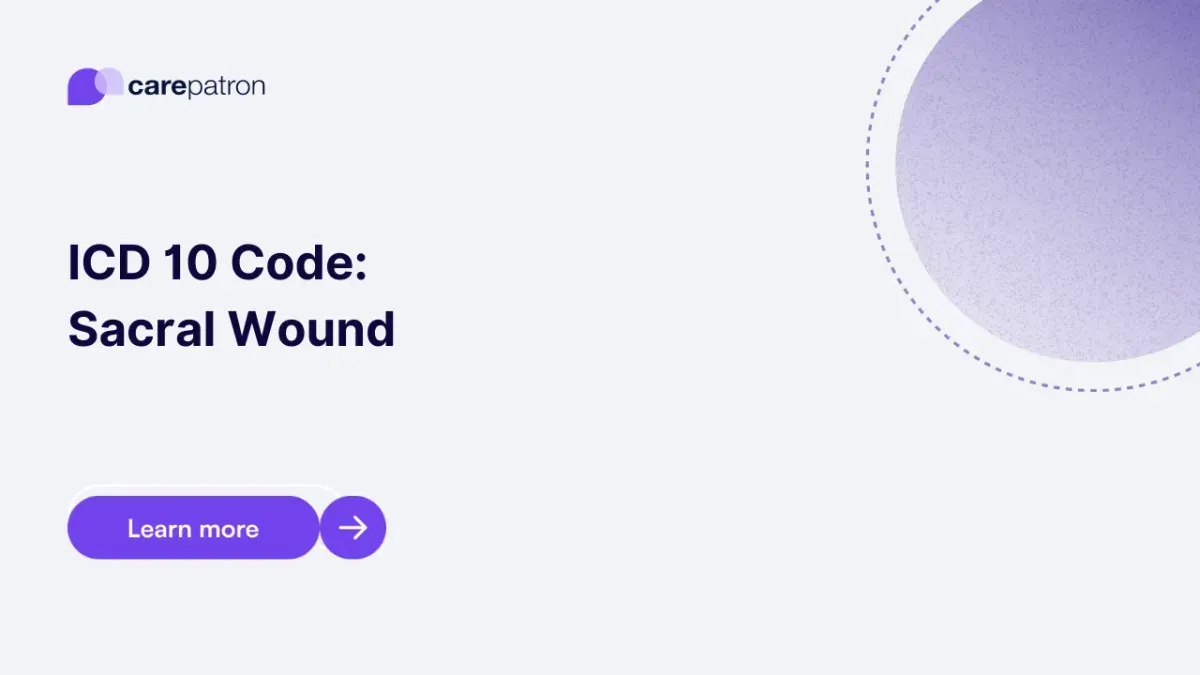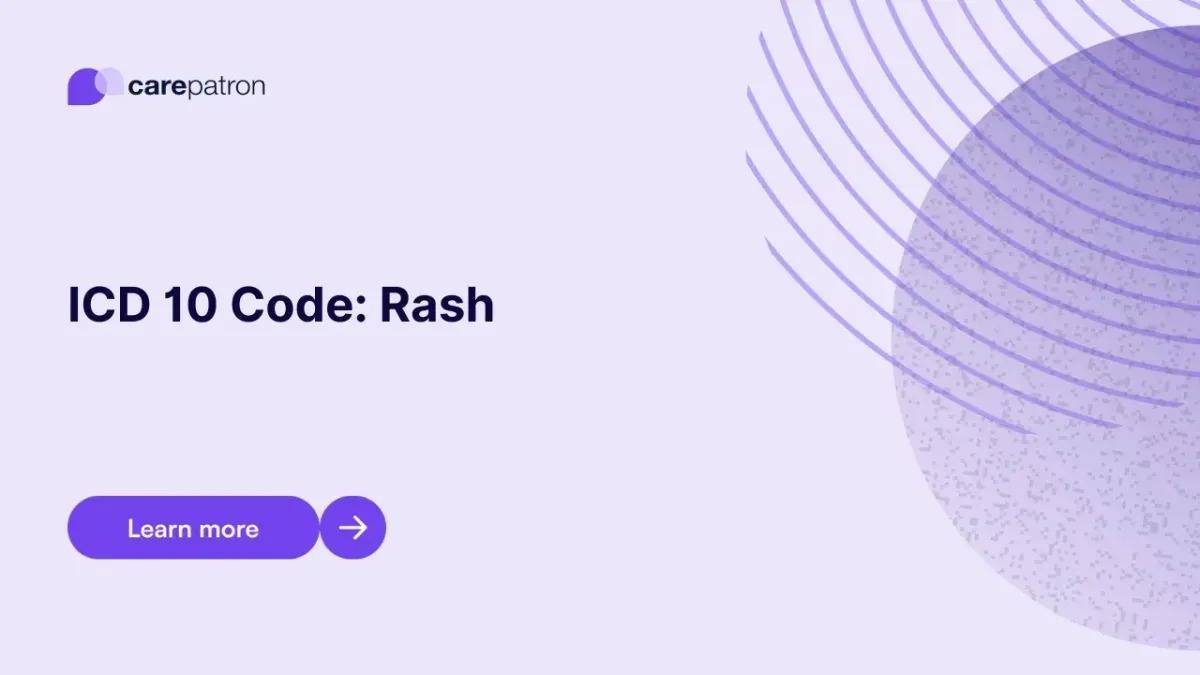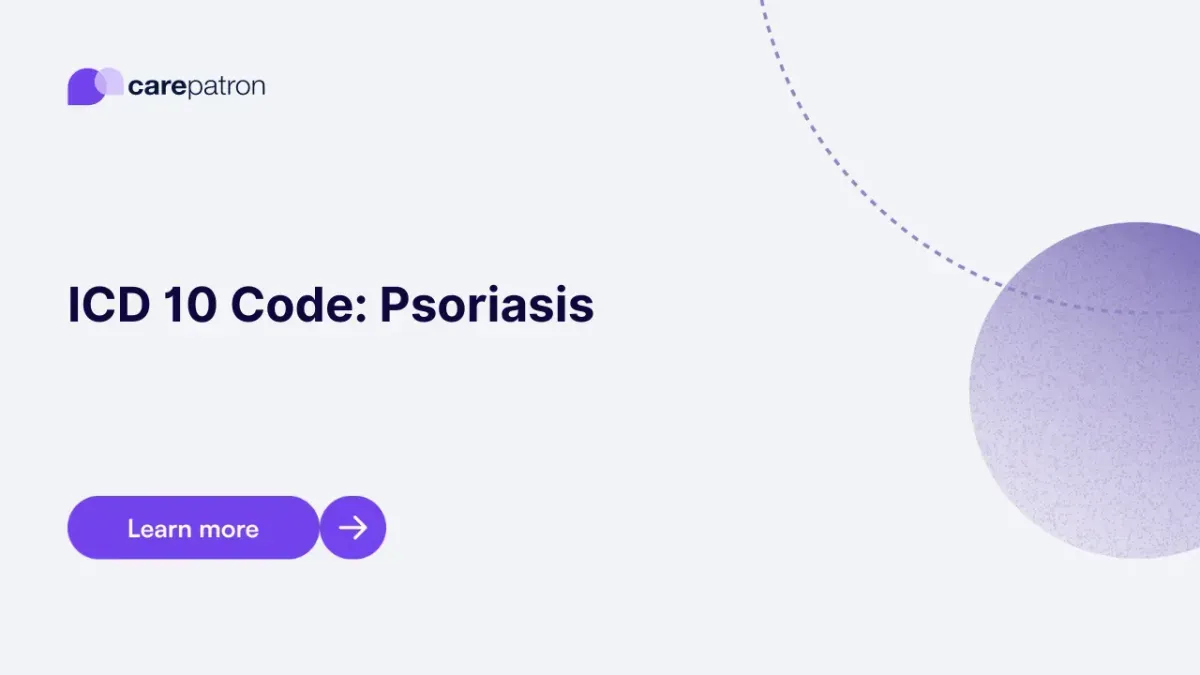XII: Diseases of the skin and subcutaneous tissue (L00-L99)
Explore the fascinating world of dermatology with our comprehensive guide to ICD-10 category XII: Diseases of the skin and subcutaneous tissue. This category covers a wide range of conditions that affect the skin, from common issues like acne and eczema to more complex diseases like psoriasis and dermatitis. On this page, you'll find links to detailed information about specific skin conditions, including their symptoms, causes, and treatment options. Whether you're a healthcare professional or simply curious about skin health, our resources will help you understand the various subclassifications within this category, such as infections (L00-L08), inflammatory diseases (L20-L30), and neoplasms (L40-L45). Discover the latest insights into dermatology and enhance your knowledge of skin and subcutaneous tissue disorders. Let us be your trusted resource for all things related to ICD-10 category XII, where you can learn about common conditions, explore subclassifications, and stay up-to-date with the latest advancements in dermatological care.
Urticaria ICD-10-CM Codes | 2023
Read this short guide to learn about the Urticaria ICD codes you can use!
Solar Lentigo ICD-10-CM Codes
Familiarize yourself with the ICD-10 code used for solar lentigo and learn more about it’s clinical description, billability, synonym, etc.
Skin Tags ICD-10-CM Codes
Learn the correct ICD-10-CM codes for skin tags. Ensure accurate medical coding with up-to-date guidelines and simplified classification.
Skin Infection ICD-10-CM Codes
Familiarize yourself with the ICD-10 code used for skin infection and learn more about its billability, clinical description, synonyms, etc.
Seborrheic dermatitis ICD-10-CM codes
Identify billable ICD-10 codes for seborrheic dermatitis, including clinical signs, subtypes, and related skin conditions.
Scalp Lesion ICD-10-CM Codes
Explore the specific ICD-10 codes for diagnosing and documenting scalp lesions. Accurate coding is crucial for proper tracking and treatment of scalp lesions.
Sacral Wound ICD-10-CM Codes
Explore this short guide to ICD-10 codes for sacral wounds and their billability, synonyms, and clinical descriptions.
Sacral Decubitus Ulcer ICD-10-CM Codes | 2025
Explore billable ICD-10-CM codes for sacral decubitus ulcers, including stages, causes, symptoms, and treatments for accurate documentation and care.
Rash ICD-10-CM Codes
Explore the variety of ICD-10 codes used to diagnose and treat different types of rashes. These codes aid in effective patient care and accurate billing.
Psoriasis ICD-10-CM Codes
Learn about the different psoriasis ICD-10-CM codes you can use through this guide.
Pressure Ulcer ICD-10-CM Codes | 2023
Read this short guide to learn about Pressure Ulcer ICD codes you can use!
Poison Ivy ICD-10-CM Codes
Learn about the different poison ivy ICD-10-CM codes through this guide.
XII: Diseases of the skin and subcutaneous tissue (L00-L99)
The ICD-10 category "Diseases of the skin and subcutaneous tissue" (L00-L99) encompasses a diverse range of conditions affecting the skin, nails, and subcutaneous structures. ICD guides within this category are essential for accurate coding and comprehensive documentation of these intricate dermatological disorders. Comprehensive ICD 10 guides offer detailed insights into the subcategories within L00-L99. For example, they cover infectious skin diseases (L00-L08), disorders of skin appendages (L60-L75), and other skin and subcutaneous tissue disorders (L80-L99). Accurate coding, guided by these resources, is essential for diagnosing and treating dermatological conditions effectively. It assists healthcare providers in identifying the specific disorder, its severity, and potential treatment modalities. Furthermore, ICD 10 guides within this category play a pivotal role in advancing dermatological research, enabling researchers to study disease prevalence, skin histopathology, and the effectiveness of various treatments. Accurate coding also supports healthcare management by ensuring that individuals with skin and subcutaneous tissue disorders receive appropriate care and interventions tailored to their specific dermatological needs. Beyond individual patient care, precise coding in this category has broader implications for public health. It enables health agencies to monitor trends in skin diseases, implement preventive measures like skin cancer screenings, and allocate resources effectively to address the significant burden of dermatological conditions. Timely and accurate coding ensures that patients receive early interventions and appropriate dermatological care, ultimately improving their skin health and quality of life.

